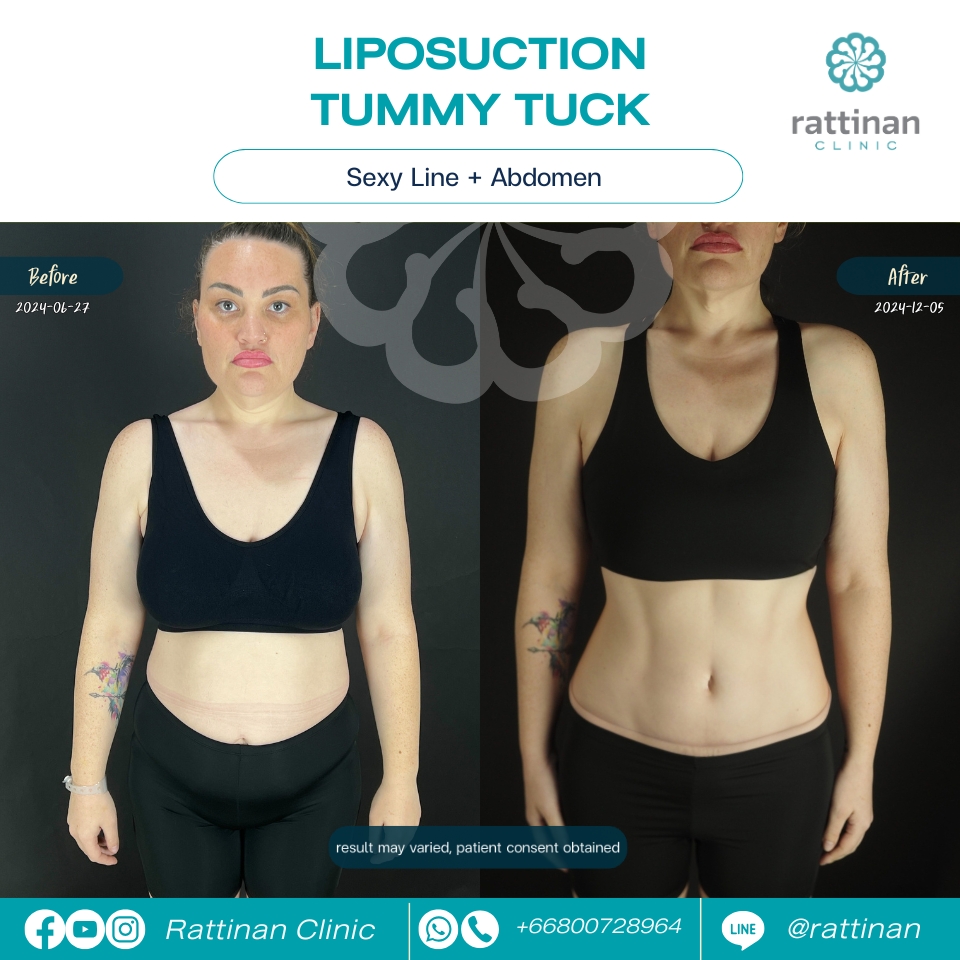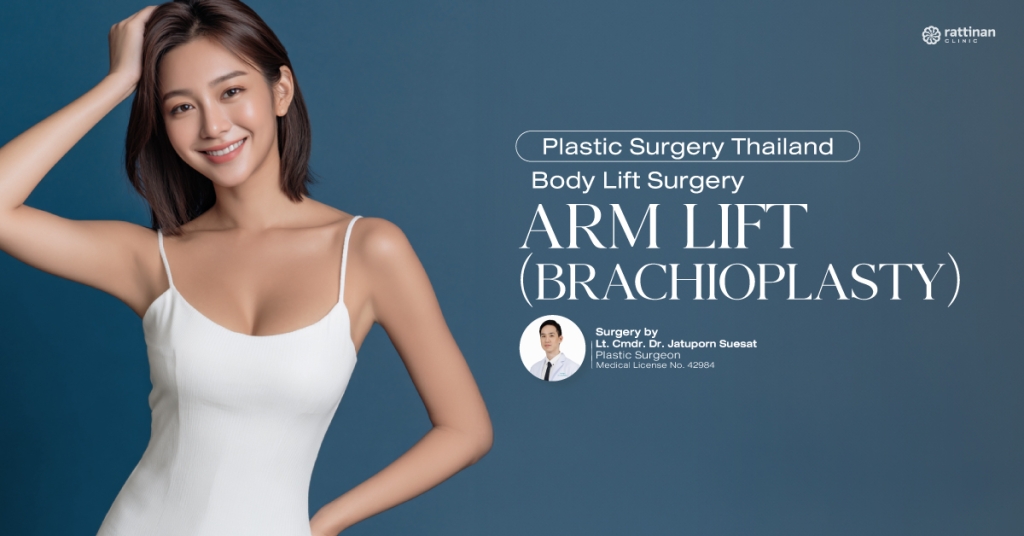Brachioplasty (Upper Arm Lift Surgery): Comprehensive Guide to Arm Contouring and Excess Skin Removal
Understanding Brachioplasty as a solution for upper arm concerns involves addressing the limitations of non-surgical approaches. While exercise, targeted arm workouts, and other conservative methods exist, brachioplasty remains the most effective surgical intervention for significant arm contouring issues. This procedure, also known as arm lift surgery, combines arm liposuction with excess skin excision to achieve optimal results.
The Brachioplasty Procedure: Technical Approach
Brachioplasty is a surgical technique designed to remove excess, sagging skin from the upper arm while simultaneously addressing localized fat deposits. This comprehensive approach, medically termed brachioplasty, creates smoother, more proportionate upper arm contours. The procedure typically begins with thorough liposuction of upper arm fat deposits, which allows the skin to contract and reveals the true extent of excess tissue. Subsequently, the surgeon performs precise skin excision along a carefully planned incision that extends from the axilla (armpit) to the elbow region.
Clinical Indications for Brachioplasty
Brachioplasty becomes necessary when patients present with significant upper arm tissue laxity that cannot be adequately addressed through liposuction alone. This is particularly common in post-bariatric surgery patients, individuals with age-related skin elasticity loss, or those experiencing significant weight fluctuations.
The key distinction lies in tissue quality assessment. When patients exhibit predominantly fatty deposits with good skin elasticity, liposuction may suffice. However, when skin laxity predominates—characterized by poor skin tone, stretch marks, or significant tissue redundancy—brachioplasty becomes the treatment of choice to achieve meaningful aesthetic improvement.
Patient Assessment for Brachioplasty Candidacy
A simple clinical assessment can help determine brachioplasty candidacy. When patients extend their arms horizontally and observe significant tissue draping or “bat wing” appearance, combined with poor skin texture, stretch marks, or obvious tissue redundancy, brachioplasty is likely indicated. In these cases, liposuction alone would reduce arm circumference but fail to address the fundamental issue of skin laxity, particularly evident during arm elevation or extension.
Brachioplasty Incision Considerations and Scar Management
The brachioplasty incision represents a significant consideration in surgical planning. The standard brachioplasty incision extends from the axillary region to the elbow, following anatomical landmarks to optimize healing and minimize visibility. Incision design is individualized based on patient anatomy and aesthetic goals, with efforts made to conceal scarring when possible.
Limited brachioplasty techniques, which confine incisions to the axillary region, are suitable for select patients with minimal skin excess. However, comprehensive brachioplasty typically requires the full-length incision for optimal results.
Post-surgical scar management is crucial in brachioplasty outcomes. The combination of arm mobility and axillary moisture can challenge wound healing. Early intervention with laser therapy and anti-keloid treatments can significantly improve scar appearance and quality.
Self-Assessment Considerations
While professional medical evaluation remains essential, individuals can observe certain characteristics that may indicate whether their concerns stem primarily from fat accumulation versus skin laxity. When extending the arms horizontally and observing the underarm area, significant skin hanging that maintains its position regardless of arm positioning may suggest that skin removal could be beneficial.
However, this self-assessment should never replace professional medical evaluation, as the decision between liposuction alone, skin tightening technologies, or surgical excision requires careful consideration of multiple factors including skin quality, patient health status, and realistic outcome expectations.
Ideal Brachioplasty Candidates
Brachioplasty is most beneficial for patients with substantial upper arm skin redundancy, particularly post-bariatric surgery patients who have achieved stable weight loss. These individuals often experience functional limitations from excess tissue, including hygiene challenges and skin irritation. Post-brachioplasty, patients typically report improved comfort, enhanced mobility, and increased confidence in arm appearance.
Pre-Operative Brachioplasty Preparation
Comprehensive brachioplasty evaluation begins with thorough surgical consultation and assessment. In select cases, non-surgical alternatives such as radiofrequency-assisted liposuction (including BodyTite technology) may provide adequate improvement without formal brachioplasty, as demonstrated in published literature on radiofrequency-assisted arm contouring.
Pre-operative medical clearance is essential, as brachioplasty requires general anesthesia due to procedure duration and complexity. This is particularly important when brachioplasty is combined with other body contouring procedures. Patients must discontinue anticoagulant medications and cease tobacco use to optimize healing outcomes.
Pre-operative planning should include arranging post-surgical assistance, as brachioplasty significantly limits upper extremity function during initial recovery, particularly overhead reaching and driving activities.
Post-Brachioplasty Recovery and Care
Post-brachioplasty care involves comprehensive upper extremity immobilization with specialized compression garments extending from the elbow to axillary region. This restriction significantly impacts arm mobility, necessitating assistance with transportation and daily activities.
Initial post-operative care includes drain management and wound assessment within 24 hours, followed by structured follow-up appointments. Critical post-brachioplasty restrictions include:
- Strict limitation of arm elevation above shoulder level for approximately 4 weeks
- Avoidance of activities causing incision tension or potential dehiscence, including heavy lifting, for 4-8 weeks
- Meticulous wound care to prevent moisture accumulation and infection
- Immediate medical attention for signs of complications including progressive swelling, erythema, increasing pain, systemic symptoms, or wound complications
Brachioplasty Outcomes and Expectations
Successful brachioplasty results in significantly improved upper arm contour with enhanced proportion and reduced tissue redundancy. While surgical scarring is inevitable, proper technique and post-operative care can minimize scar visibility and optimize aesthetic outcomes. Patients should maintain realistic expectations regarding brachioplasty results and understand that optimal outcomes require adherence to post-operative protocols and adequate healing time.
This comprehensive approach to brachioplasty ensures patients receive appropriate education and realistic expectations while emphasizing the importance of proper surgical candidacy and post-operative compliance for optimal results.

“This clinic is so prompt, efficient, and professional. Rattinan created a wonderful experience for me and delivered results that truly exceeded my expectations.”
— James, USA“I chose Rattinan Clinic because it was the only place with so many real before-and-after photos from actual patients. After speaking with the staff and consulting with the doctor, I knew I had made the right decision.”
— Brioney, Australia



Dr. Suthipong Treeratana (Dr. Nueng) specializes in liposuction and body contouring surgery, focusing on personalized treatment plans to help you feel more confident in yourself.